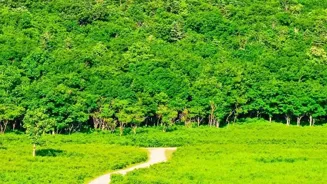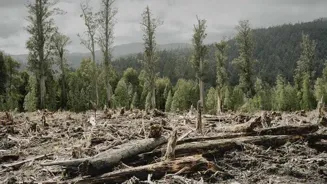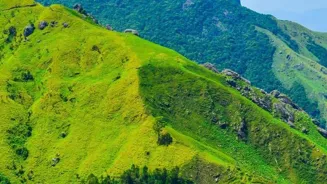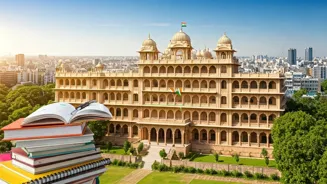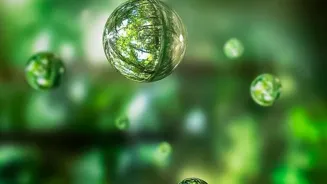Discover the vital role of Indian monsoons for wildlife & ecosystems. Understand its impact & conservation efforts. Read more
The Indian monsoon, a seasonal shift in wind patterns bringing intense rainfall,
is not just crucial for agriculture; it's the very lifeline of India's diverse wildlife.
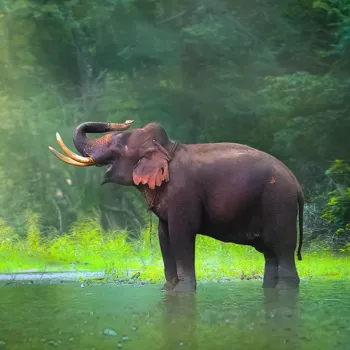
The arrival of the monsoon transforms arid landscapes, replenishes water sources, and triggers a cascade of ecological events that sustain a vast array of species. Without the monsoon, the Indian ecosystem would be unrecognizably different, and many of our beloved animals would struggle to survive.
This annual weather phenomenon is arguably the single most important factor defining the rhythms of life in the Indian subcontinent, impacting everything from the smallest insects to the largest mammals. Understanding its ecological role is key to conserving India's natural heritage.
The monsoon brings vital water for ecosystems and wildlife
The monsoon's most obvious impact is its provision of water. The parched earth drinks deeply, and rivers, lakes, and wetlands that have dwindled during the dry summer months are revived.
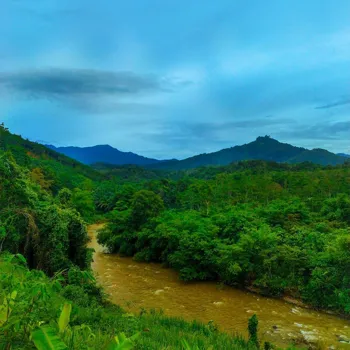
This surge in water availability is critical for animals that depend on these sources for drinking, bathing, and breeding. Elephants, for example, need to consume large quantities of water daily, and the monsoon ensures that they have access to it across their range.
Similarly, waterbirds like herons, egrets, and storks rely on flooded wetlands for foraging and nesting. The increased water levels also create breeding habitats for amphibians like frogs and toads, whose populations often explode after the first monsoon showers.
This period is very crucial to replenish the water source.
The monsoon season boosts plant growth, supporting diverse wildlife
The rains also trigger a flush of new plant growth. Dormant seeds germinate, grasslands turn lush green, and forests burst into life. This surge in vegetation provides food for herbivores like deer, antelopes, and gaur (Indian bison).
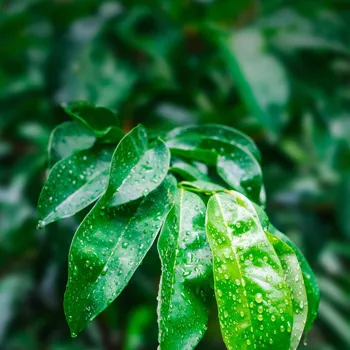
The increased food availability, in turn, supports predator populations like tigers, leopards, and wild dogs. The monsoon-driven plant growth also creates shelter and nesting sites for many animals.
Birds build nests in the newly grown foliage, and small mammals find refuge in the dense undergrowth. The abundance of food and shelter ensures the survival of newborns during the monsoon months. This season is vital for their growth.
Monsoon aids nutrient cycling for diverse ecosystems, supporting life
The monsoon also plays a crucial role in nutrient cycling. Rainwater washes nutrients from the soil into rivers and lakes, enriching these aquatic ecosystems. This leads to an increase in plankton and other microscopic organisms, which form the base of the food chain.
Fish and other aquatic animals thrive in these nutrient-rich waters, providing food for birds, mammals like otters, and reptiles like crocodiles. The monsoon's role in nutrient cycling extends beyond aquatic ecosystems.
Decaying vegetation releases nutrients back into the soil, further enriching it and supporting plant growth. This natural cycle of nutrient replenishment is essential for maintaining the health and productivity of Indian ecosystems.
Monsoon challenges for wildlife due to climate change
However, the monsoon can also pose challenges for wildlife. Heavy rainfall can cause flooding, which can displace animals and damage their habitats. Landslides can also be triggered by intense rainfall, destroying forests and disrupting wildlife corridors.
Climate change is exacerbating these challenges, with more intense and unpredictable monsoon rainfall events. This can lead to more frequent and severe flooding and droughts, further threatening wildlife populations.
Conservation efforts need to focus on mitigating the impacts of climate change and protecting wildlife habitats from these extreme weather events.
Conservationists protect India's wildlife by valuing monsoon's role
Conservationists are working hard to protect India's wildlife and their monsoon-dependent habitats. This includes creating protected areas, restoring degraded ecosystems, and promoting sustainable land use practices.
It also involves working with local communities to raise awareness about the importance of wildlife conservation. By understanding the vital role that the monsoon plays in supporting India's wildlife, we can all contribute to ensuring their survival.
The future of India's natural heritage depends on it. Only if we understand the deep connect of monsoon to us, we can protect it. It is the life source of India.
Amphibians thrive with rising water levels post-monsoon
The increased water levels create breeding habitats for amphibians like frogs and toads, whose populations explode after the first monsoon showers. This increased food, provides the environment, shelter and nesting environment for animals and birds.
Monsoon vegetation supports diverse wildlife populations
The surge in vegetation provides food for herbivores like deer, antelopes, and gaur (Indian bison). The increased food availability, in turn, supports predator populations like tigers, leopards, and wild dogs . The monsoon-driven plant growth also creates shelter and nesting sites for many animals.
Decaying vegetation enriches soil, supporting plant growth and sustaining aquatic life
Decaying vegetation releases nutrients back into the soil, further enriching it and supporting plant growth. Fish and other aquatic animals thrive in these nutrient-rich waters, providing food for birds, mammals like otters, and reptiles like crocodiles.
This natural cycle of nutrient replenishment is essential for maintaining the health.
AI Generated Content. Glance/InMobi shall have no liability for the content


